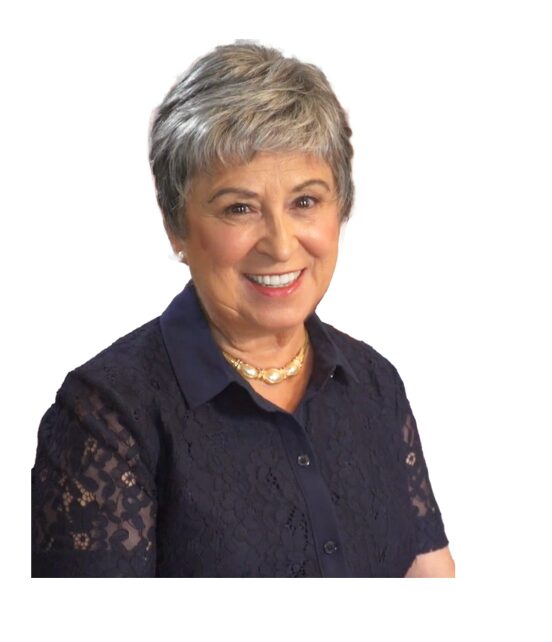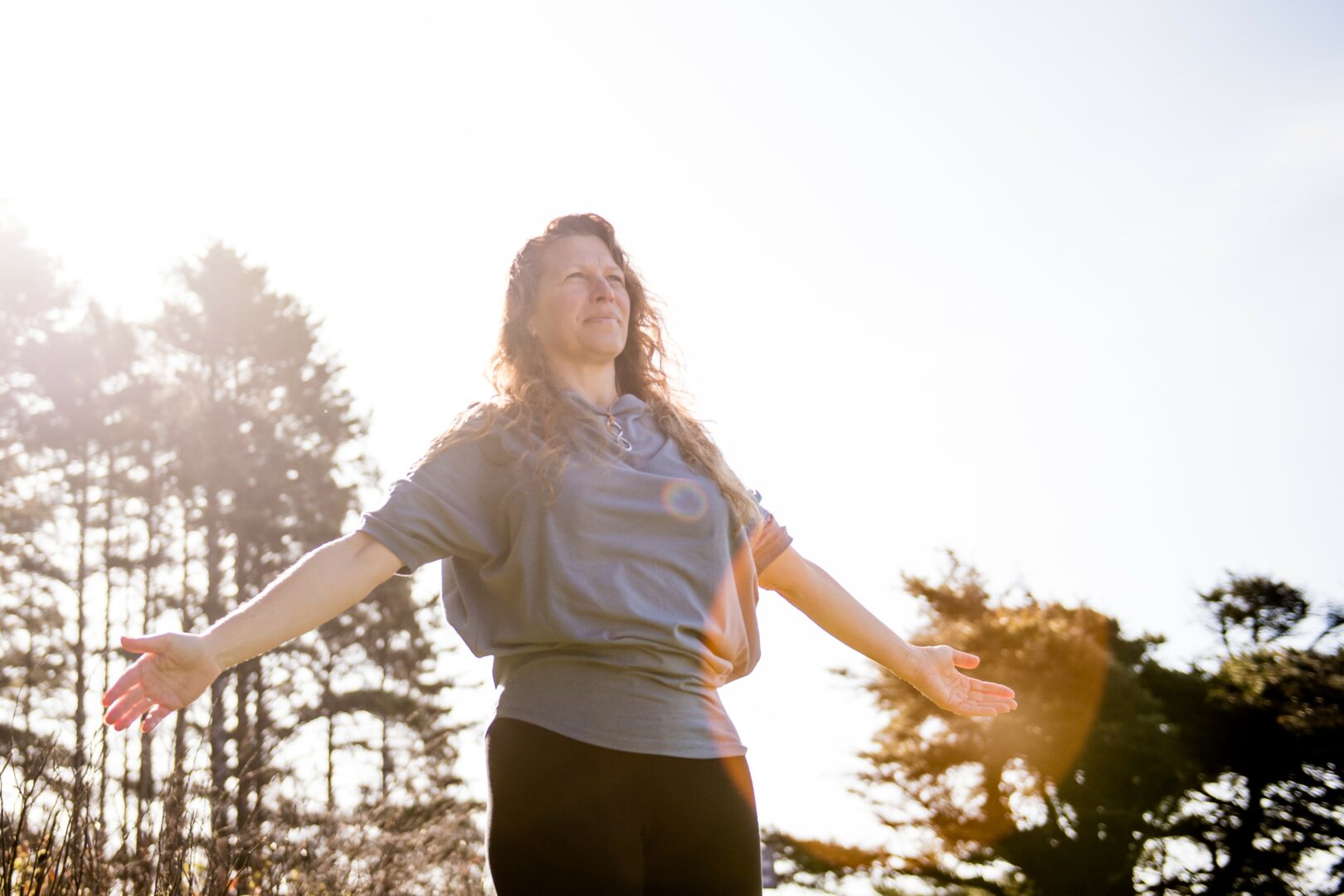We’re looking forward to introducing you to Dr. Lucile Maddalena Ed.D.. Check out our conversation below.
Good morning Lucile, it’s such a great way to kick off the day – I think our readers will love hearing your stories, experiences and about how you think about life and work. Let’s jump right in? What are you most proud of building — that nobody sees?
I recently listened to a CEO tell a story during a worldwide employee broadcast about his family and grandchild at Church. It was a moving story with a heart-warming and relevant message. As he spoke, I was reminded of the countless new hires —those still in the doing or performing stage of their careers, rather than the leader phase, when the goal is to develop others and build a legacy. It seemed that most of the doer group consciously limited their relationship with peers to keep their private lives separate from their work life.
I was one of the secretive doers during the first years of my marriage and the founding of my business. I was busy completing my dissertation for an interdisciplinary doctorate in labor education and human communications when I signed my first client as one of the first trainers for the Johnson & Johnson Professional Development program at their headquarters office. I didn’t know then that the J&J assignment would last 20 years and would allow me to work with more than 6,000 talented men and women, leading to coaching talented leaders, scientists, and engineers globally.
What I believed then was that I should keep my home life separate from my work life, including impactful work assignments and adventures working with a dog sled team. As my business and family grew, I learned how important it is to develop relationships, be part of a team, share a dream, and be proud of our choices. We invest our lives through our activities and the values we bring to our home and work life. To achieve work/life harmony is to seek to utilize our talents, to move past risk, follow our instincts, and connect with others.
I am proud of my accomplishments. I can talk about my history now because what I have accomplished was not meant for the world; no one needs to see what transpired. The investment was always for the betterment of my family.
Can you briefly introduce yourself and share what makes you or your brand unique?
As I near forty years as a business owner, consultant, and executive coach, I must admit that my work still challenges me. New insights from AI, to studies of the brain-gut relationship, are almost as intriguing as identifying the skills and knowledge of the new leaders I coach.
Graduating from college, I was honored to receive a full scholarship toward a doctorate in labor education at Rutgers University. While working toward that degree, I met with business and union leaders nationwide, exposing me to very real work-life situations. I determined that I could offer the most useful assistance by enabling those dedicated to building a career by clearly representing themselves in their decision-making and communications. I took on a second degree in human communications. The studies inspired me to create a training program to help lower-level employees gain management skills. The program attracted the attention of several firms, and I was extraordinarily proud to become one of the first trainers for the Johnson & Johnson Professional Development program at their headquarters office. The assignment lasted 20 years and allowed me to work with more than 6,000 talented men and women globally.
I married before I completed my dissertation. I was a country girl; my husband was from the city. We elected to try life in the country and bought a dog who seemed lonely, so we got two more—big dogs that required outdoor exercise. To accomplish this, we joined a dog sled club to obtain mentoring and guidance on how to hook our dogs to a sled for amateur races. Intrigued by the sheer fun of racing with our dogs and the health benefits to us, we began to travel to sled dog events within a 3- or 4-hour drive from our home. On one trip we met the President of the International Sled Dog Racing Association, who was from a family with generations of dog sledding as a way of life; his family members were former winners of the Iditarod, the famous race every February in Alaska. We became friends, and he and his wife became one of my first coaching clients.
Okay, so here’s a deep one: What’s a moment that really shaped how you see the world?
When our new friends from the dog sledding world became pregnant, they asked me to take over her team to keep the dogs healthy through regular training and racing. , It was one of the most challenging decisions of my life, something I had to consider privately as I would be the one taking on a physically demanding sport. I was 5’2″ and 110 pounds; it was a significant decision and commitment, as it would require weekday dawn runs of 3-5 miles, as well as weekend races, all while building a new life with a husband and establishing my business. Although loving, these were not pet dogs; they inherited knowledge we could understand from years of pulling a sled, of working as a team. They were athletes, and we treated them with that respect. When we took them to a race, we would lay out the dog line to attach them to the sled. As each dog was released, it would run to its spot, howling and anxiously waiting for me. I would harness each pup and talk privately to each one, spending a few minutes hugging, admiring, and thanking each member of my team before we would venture on our new trail.
It was my first race with this team that changed me. Teams leave the starting gate at three-minute intervals. We had a beautiful start, the dogs were happy, running smoothly. I held on to the back of the sled, one foot on one runner, pumping with the other foot. We went under a grove of trees. As we broke back into the harsh sunlight reflecting off the snow, the dogs’ tails went erect, their ears quivered, and rotated in the same direction. The message was that something was ahead of us. Eventually, I saw on the hill before us a dog team! We had caught up the three minutes to catch the team ahead of us!
As we approached, I worked harder, and we all raced to the hill. My job was to call “ON BY!” the dog sled command to get off the hard-packed trail, into the deep snow, and pass the obstacle blocking your trail. Without a thought, as we approached, I forgot my role. Instead, I called out “MAY I PASS YOU?” Essentially, I asked the other driver for permission to pass his team. The driver turned to look at them, then resumed driving his team. In that instance, the unexpected happened. My beautiful lead dog turned her head mid-stride, and we met eyes for the briefest moment. I caught her message and called “ON BY!” as she dropped her haunches and reached out for speed, gracefully leading our team around the obstacle blocking our trail.
I can recall that moment with ease. It was then that I realized that under pressure, I was not with my team. I don’t know what I was thinking: possibly how to maintain speed, what the other driver thought…. any number of unnecessary thoughts that took me away from that moment on the sled. I understood then how easy it is for a leader to leave the team, to become distracted with other demands, to become separated while standing with the team. It is a lesson that has determined the type of coach I am, the mother I would be, and the friend and colleague I am to others.
When did you stop hiding your pain and start using it as power?
Calling out the wrong command to a team of dogs in the middle of a snow-covered mountain may not have caused pain to some. The lack of focus stopped me in many ways: I was not working with my team at that crucial moment. I only shared the story with my husband. Actually, I did not tell any of my other clients or colleagues about my involvement with dog sledding, only revealing that I owned northern breed dogs and was interested in dog-related events. Why did I keep something I enjoyed so thoroughly a secret?
This is where self-coaching began. I first acknowledged that I had entered into a trust agreement when I accepted responsibility for my friend’s dog team.
Next, and more to the heart of the matter, was the concern that if I could not call out a positive command, if I were too distracted or scared to perform the duties of a leader, what was I doing on the sled in the first place?
I questioned myself: Do I have the power, the determination, and the skill to place myself and these beautiful creatures in jeopardy, to take on this adventure that could possibly lead to a dangerous situation?
Would I be able to respond should something occur? I had already witnessed experienced drivers taking turns incorrectly as the dogs rounded the bend, the sled and driver were careened off the trail into the trees. I was in the wilderness: there were deer, bears, and foxes living in those woods.
As I challenged myself, I asked: Who was I to invade their territory, to seek my goal on their land?
The self-study continued, and I allowed myself to share the experience with a colleague I respected. We very quickly transferred what I was experiencing to my quickly expanding work supporting clients who were accepting critical roles in their careers.
Was I prepared to support their development, to understand change, to evaluate risk? Could my focus be distracted to a personal issue should the conversation become complex or the client’s concern poorly defined?
What did I need to feel secure in my role, to be able to share the knowledge I obtained, and to have the wisdom to make the best decision possible when needed? My task with each new client was to enter their world, empathize with their passions, and engage those closest to them to help them see themselves.
At this time in my career, I was working primarily as a trainer, providing limited coaching in specific situations by supporting leaders I had trained. This self-study encouraged me to move from trainer to coach. To understand how the profession functions, I completed two highly regarded global coach-training programs — none of which came close to providing the depth of understanding and insight I gained while earning my graduate degree in Human Communication and Labor Education.
With my initial clients, I relayed the dog-sled story. Most found it interesting and relevant — accepting the story as an experience to share. Their acceptance of the event as a story allowed me to accept the experience as a learning adventure, which I could now move “on by!” The renewed confidence enabled me to share other experiences from the trials when relevant to the discussion. I could choose when and how it would enter the conversation. I had the power to apply my training to seek the most applicable approaches that would enable my client to focus on their goal and respect their choices.
Sure, so let’s go deeper into your values and how you think. What truths are so foundational in your life that you rarely articulate them?
This question is being posed at a time in my life that I can admit to a private belief I long kept hidden: that there can be joy in work. When I started my career, all I could see was what I needed to learn, what it would take to get my message out, and if I had the talent to both express my perspective and embrace the personal as well as career needs of my clients. I viewed coaching as a daunting task. Confident in my knowledge, I wondered if I could convey the insight I offered to influence how another person sought their work/life harmony. What experience would I call upon, what innovation could I recommend, and how would I convey my message accurately, especially with outside distractions such as political turmoil?
I quietly nurtured the foundational truth I learned from my family: every action you take has joy locked in the moment. How can I explain that pain and hardship exist: that amidst the most difficult times, if you are able to take in a breath, you have the hope of joy. In our society, this admission sounds trite or even banal. Perhaps it is because I am about to embark on the ‘golden years’ of my life, and I bring with me childhood experiences from a post-war time.
Our WWII war heroes came home to conquer their lives of freedom. My father built bridges to enable troops to advance in dangerous places, coming home to build a life with his new wife. He never graduated from high school, but was hired by a major American manufacturing company as a handyman to the team of engineers that developed the firm’s products. Eventually, he proved himself to be much more than a handyman, contributing to development and design, acquiring close to 100 patents for his innovations.
With this remarkable day job, he also had his own after-work job. He purchased land and built a three-bedroom stone ranch house. The only outside assistance he hired was an electrician; he did everything from digging the foundation to laying the stonework for the fireplace by himself. He relied on his family too: I was one of three daughters. My sisters and I had our assignments. I was given a pair of sturdy cowboy boots, leather gloves and a small bucket. My task was to walk in areas where he was not working and pick up any nails or small chips of wood and put them in the bucket. When the bucket was half full, I brought it to him and received praise for my hard work as well as a kiss and hug. I recall the celebration he and my mother had after they returned to our home with Pennsylvania Mica slabs and worked together to create the front facade around a 10 x 15 foot picture window.
Although I still believe that there is joy in work, it was not part of any discussion until I wrote my book, MOVING “ON BY!” HARNESSING MY SLED DOG TEAM’S INSTINCT TO WIN. I wrote the book for my coaching clients to encourage their role as mentors and role models by giving it to their high-potential employees. When the first draft came off the press, I sent it to an author and public speaker I highly respected. He responded by sending me a note stating that the book was filled with ‘joy’. I called him to say it was a business book. His return note told me to read my book! I opened it: the table of contents alone made me stop. I realized that while I was up all night writing, I was also worried about the prognosis given to my grandson that he had brittle bones. By the time he was three years old, he had broken seven bones. Despite the pain and difficulties, he was happy, embracing every new thing in his life. As I looked over the book’s content, I remembered adding unplanned sections on self-coaching, mindfulness, and breathing strategies. It was my grandson’s joy that had seeped into the book, and I will be forever grateful, as it freed me to discuss the joy in work/life harmony.
Okay, so before we go, let’s tackle one more area. What do you think people will most misunderstand about your legacy?
I suspect that I will leave behind two legacies: a work legacy and a home legacy.
I did not change my name when I was married. I used my given name to build my business, while I gave out my husband’s name to the community and our son’s school friends. During this period, I felt like I had two very separate and secret lives; people at home did not understand the type of work I did, while people at work were only vaguely aware of my home identity.
As we lived in a rural community, there was very little childcare available. I limited my work to days when a relative could visit or my husband could work from home until the children were old enough for us to hire a live-in babysitter. For the most part, neighbors considered me to be a stay-at-home mother who worked a bit, while clients saw my dedication and work schedule.
I played the role of homemaker and business owner differently. I maintained two wardrobes, consciously chose appropriate vocabulary for the audience and the situation, and shared selected family or business-based stories as I judged to be of interest to the audience.
Confusion arose when I ran for public office in our small town, using my given name. Many did not know of my candidacy, as the professional description they read seemed almost at odds with the person they spoke with daily. I was successfully reelected, typically garnering the largest number of votes: my political peers were surprised when I declined any further advancement in the public arena.
By the time our three boys were in entering their early teen years, our sled dogs were replaced with rescue pups from shelters, and the boys only heard the tales of our adventures. To help them build a broader understanding of the world and the joy of experiencing new challenges, we enrolled in a martial arts program: My husband and I did not spare; however, the boys watched me defend myself during practice attacks with the instructor, and I was often their ookie– a role often filled by the practice dummies. Managing our busy schedule, we found a way to turn my out-of-town work assignments into vacations. We would make my speaking engagement or workshop assignment an opportunity to take a holiday at a resort. Because I was a featured speaker, they could observe me speak before they went on an excursion with their dad.
Today, my grown children and their spouses rarely ask me about my work. All have successful work carers and are raising wonderful grandchildren. When the topic of my work comes up, they clearly state that they are proud of my business success– without engaging in conversation, inquiring into current activities, or listening to recordings when I am a guest on a podcast.
When I think of the legacy I leave behind, I suspect there will be several versions of my life. I am okay with that; if you can only view one side of my life ventures, let me be misunderstood.
Contact Info:
- Website: https://www.mtmcoach.com
- Instagram: https://www.instagram.com/mtmmovingonby/
- Linkedin: https://www.linkedin.com/in/maddalenatransitions/
- Facebook: https://www.facebook.com/profile.php?id=61565751582200
- Youtube: https://www.youtube.com/channel/UC76DidnqkV__DG_0gP2UZWQ/posts
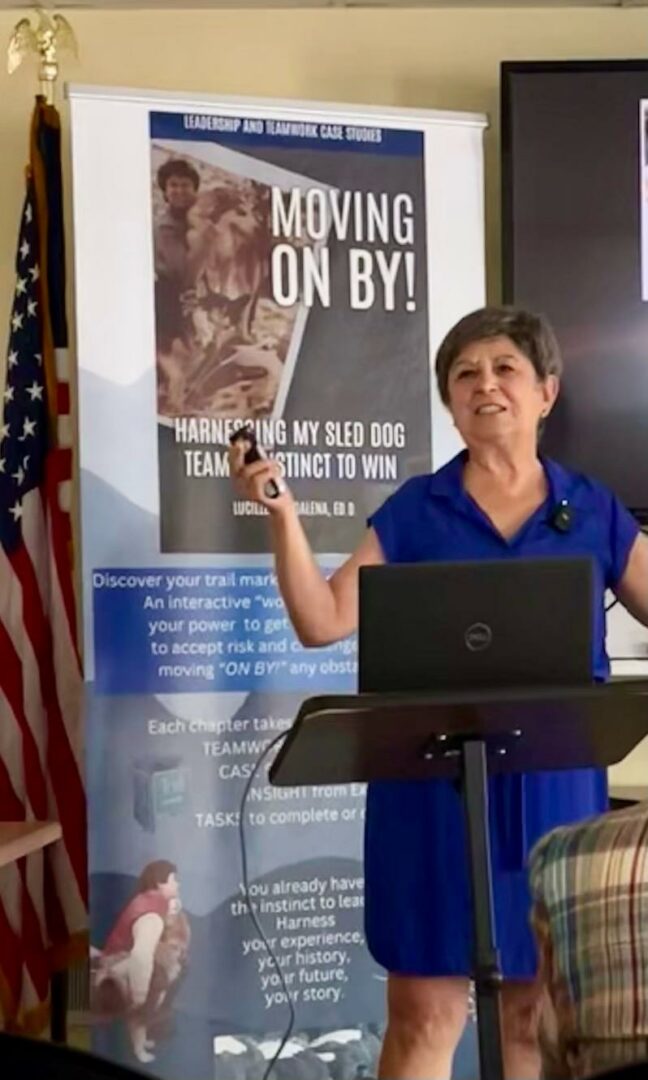
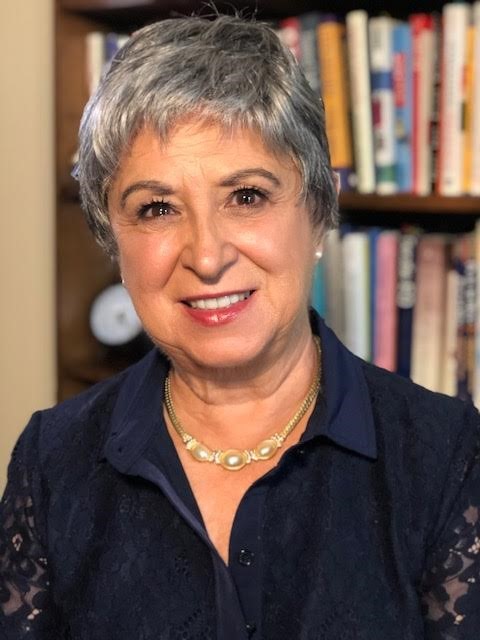
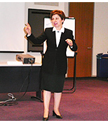
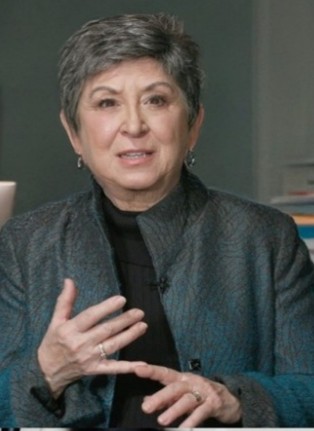
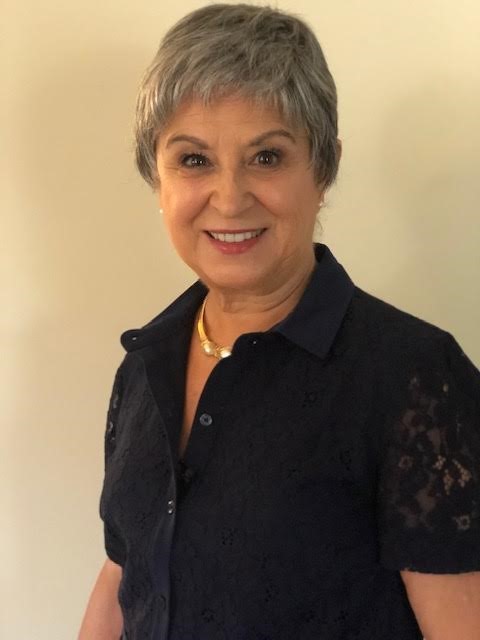
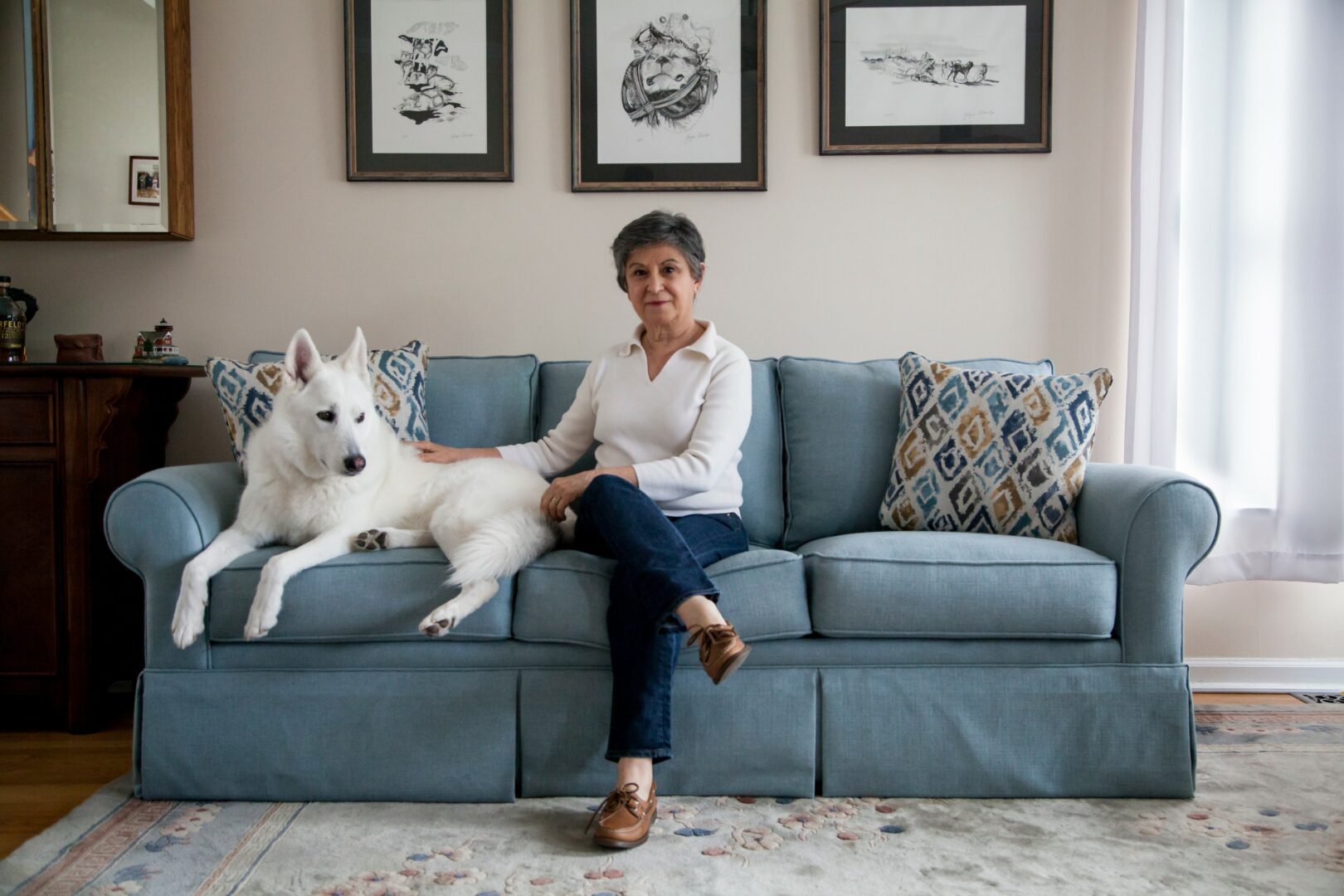
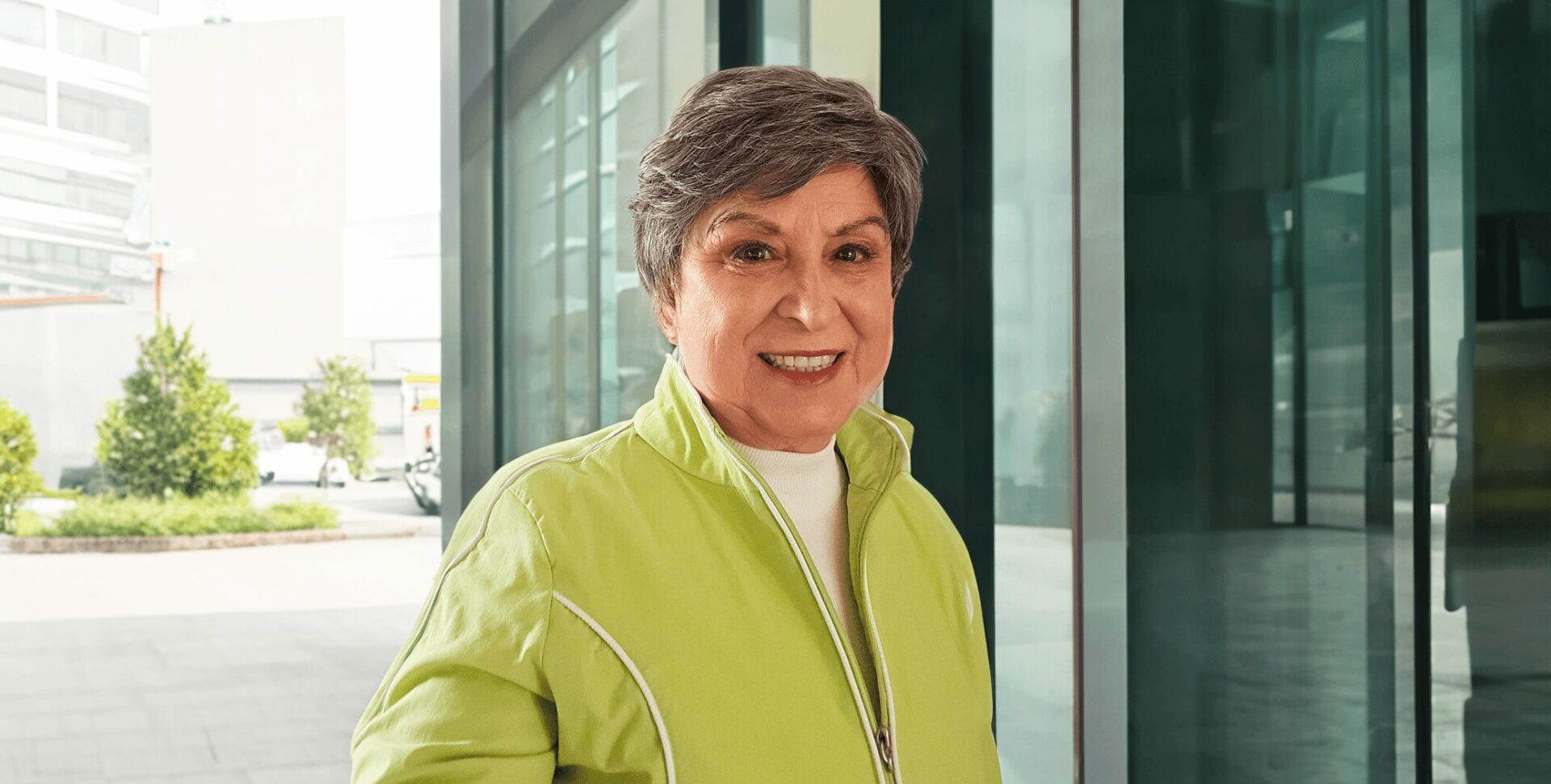
so if you or someone you know deserves recognition please let us know here.

